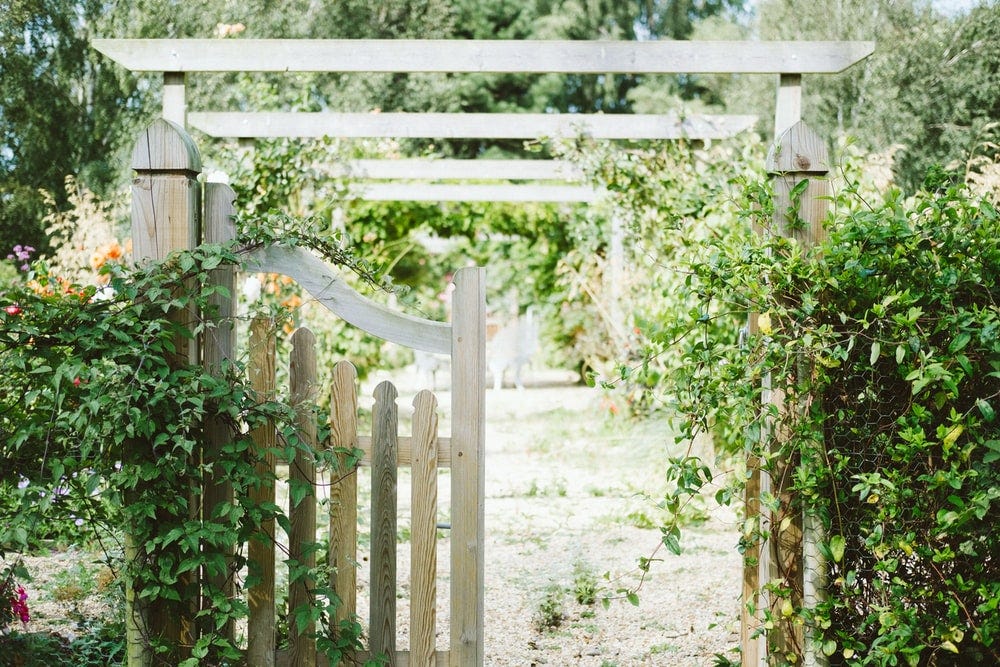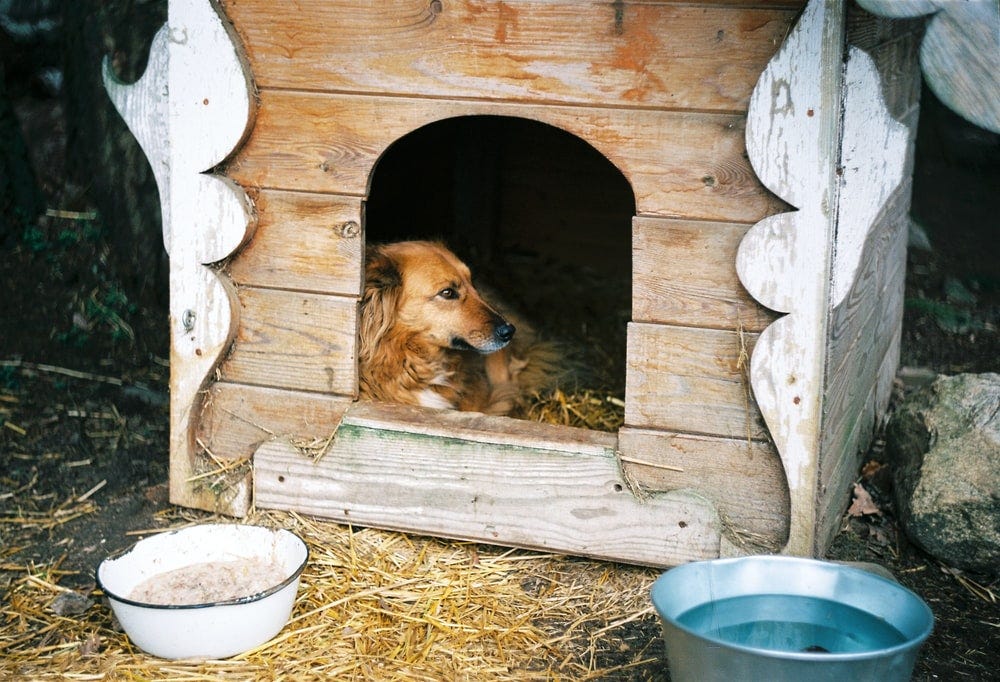Welcome to Part 3 of our Goodhart’s Forest series on DAOs and tokens. Previously, we’ve examined the dangers that lie within the Forest and how DAOs can keep themselves safe. Here, we’ll explore how a DAO might safely leave their Garden and enter the Forest.

As protection from the mutually-amplifying forces of Ethereum’s permissionless, adversarial Dark Forest and Goodhart’s Law, a DAO can construct a Safe Garden in which their members can iteratively align around both their shared purpose and their method for achieving it. With permissioned membership, share-based voting, minimalist governance architecture, and ragequit, Moloch DAOs make excellent Safe Gardens.
Many DAOs will be perfectly suited to remain forever in their Gardens. But some DAOs, once they’ve matured, will benefit from entering the Forest.
Why leave? The very attributes that make Goodhart’s Forest scary are what make it attractive. Once a DAO has sufficiently honed its purpose and operations, the power of token incentives and freedom of the permissionless Ethereum environment turn from risks to opportunities.
How to Leave the Garden
Even a mature DAO can’t just open the gate and step out into the Forest. Leaving its Garden requires preparation and — just like iterative alignment itself — a careful, gradual process.
To begin, we start at the end. A DAO that has entered the Forest will be coordinated by permissionless token governance. Here are the steps a moloch DAO can take to get there:
Permissioned Token Access
Tokenized Access to Governance
Permissionless Token Access
Fully Tokenized Governance
Step 1: Permissioned Token Access
The very first thing to do is to create the DAO token (from now on, we’ll refer to this token as $TOKEN). The DAO should be the owner of the $TOKEN contract and have full control over the supply and distribution of $TOKEN.
Next, the DAO can begin to get the token into the hands of its community. That certainly includes the current DAO members, but it should also include some non-members; after all, one of the points of leaving the Garden is to enable the DAO to coordinate with a broader group of people.
The DAO has a few options for how to distribute $TOKEN. It could distribute it to verified contributors—such as current members, non-members who have contributed time, work, or funding—proportional to the contribution as determined by DAO proposal(s). Or it could devise a more mechanistic system such as Transmutation, which fills the DAO with $TOKEN in proportion to the funds the DAO disburses to achieve its goals.
Crucially, at this stage the token is not transferrable and there is no market price for $TOKEN. This is important because the DAO needs time to get it into the hands of those who are aligned with the DAO’s success. If Dark Forest predators can sink their teeth in before there is a strong base of DAO-aligned $TOKEN holders, the whole process would be at risk.
There are a couple ways the DAO can keep $TOKEN from becoming liquid. First, as the owner of the $TOKEN contract, it could alter the `transfer` functionality so that only the DAO could transfer it. Or second, it could lock $TOKEN within the DAO itself, and only “distribute” it to contributors via DAO shares or loot (non-voting shares). This is one of the features of Transmutation, and it has the secondary benefit of beginning to expand the DAO membership.
Remember, at this stage the token is still not tied to DAO governance. DAO governance decides how the token is distributed and held, but the token cannot yet be used to influence governance decisions.
Note: while a DAO can begin this process at any stage in its life, there may be some benefits to starting early, e.g. tracking early DAO contributions.
Step 2: Tokenized Access to Governance
Once the token has been distributed to a broader DAO-aligned community, the DAO can start using the token to control access to governance. This could take the form of requiring new membership proposals to include $TOKEN as tribute, or perhaps enabling $TOKEN holders to signal their preferences via snapshot voting.
Step 3: Permissionless Token Access
The DAO can also start lifting access control on the token, allowing DAO members and other $TOKEN holders in the broader DAO-aligned community to transfer $TOKEN without permission. The likely result is for a new market for the token to be created (perhaps on Uniswap or Balancer), from which a market price for $TOKEN will emerge.
With that price comes certain benefits, such as the ability to better value and reimburse DAO contributions; but also certain risks, such as exposure to market forces and adversarial actors. That is why its so crucial that the DAO have a robustly defined purpose for the token to represent and for the base of $TOKEN holders to be firmly DAO-aligned.
If the DAO had modified the `transfer` method in step 2, it could now return it to normal. If it had instead locked up $TOKEN inside the DAO, it could now encourage members to either submit funding proposals to receive their $TOKEN allotment or to withdraw their allotment by ragequitting shares and/or loot.
Some DAOs may find that ensuring a liquid $TOKEN market is in their best interest. These DAOs could seed a liquidity pool or even create incentivizes for others to provider liquidity to that market. Of course, such decisions should be made thoughtfully and in recognition of the attendant financial and regulatory risk.
Note: depending on a DAO’s circumstances, step 3 might make more sense earlier or later.
Step 4: Fully Tokenized Governance
Finally, the DAO is ready to fully melt into the community. What might this look like?
It is early, the design space is huge, and there is much research and experimentation to be done, but here are a few possibilities:
Allow anybody who has $TOKEN to permissionlessly stake it in return for voting shares in the DAO (e.g. with a Moloch V2x). Maintaining the shares concept in this way has the advantage of also maintaining ragequit (right to exit).
Allow anybody who has $TOKEN to stake it in return for voting shares, but conditional on permission from the existing members. Together with ragequit, permissioned membership is an additional protection against hostile takeovers and other adversarial risks.
Fully tokenize shares and voting—more akin to Compound-style governance.
Dogfood: the DAOhaus Example

Here at DAOhaus, we’re using a lot of these concepts to guide how we ourselves are opening up the governance of the DAOhaus platform to the community. Stay tuned for the final part of this series, where we’ll describe our process in more detail.
Sign up if you’d like to get posts like this in your inbox—including DAOhaus weekly updates and part 4 of this series! 😎
🏰 DAOhaus Links:
Web | Blog/Newsletter | Twitter | Discord | Podcast | YouTube | DAO | Forum




